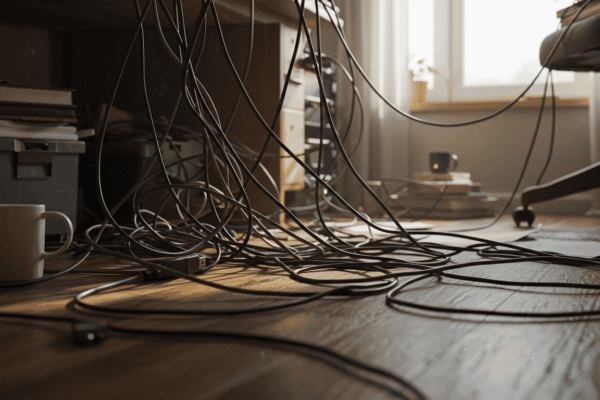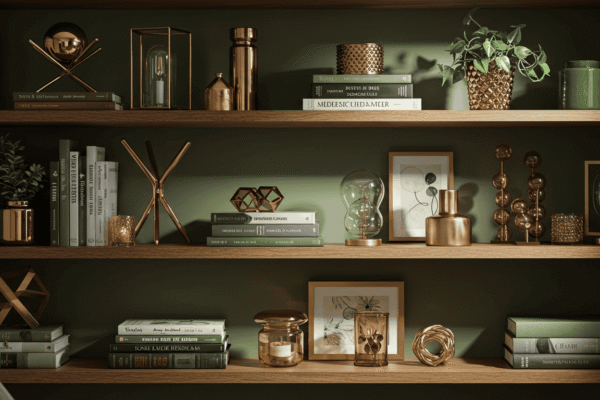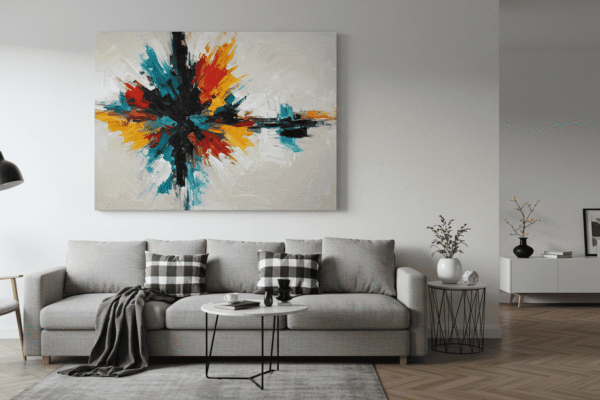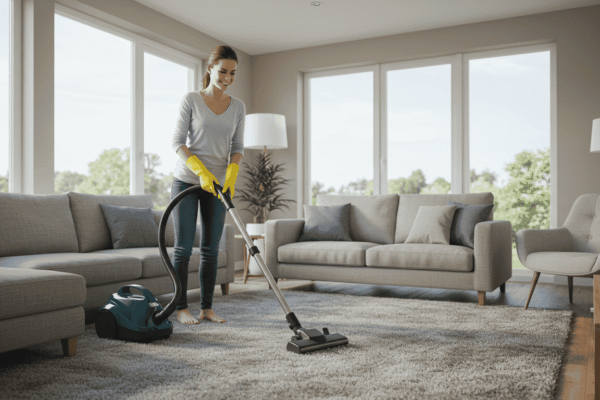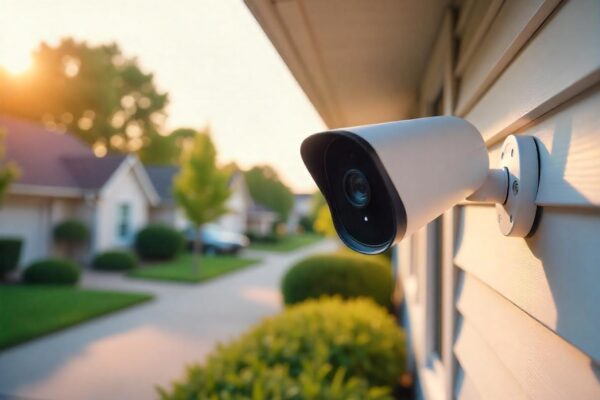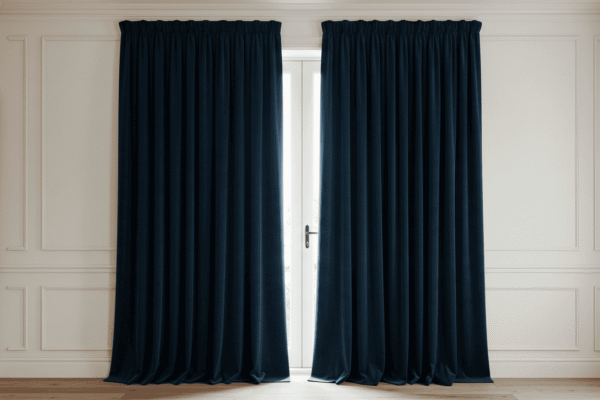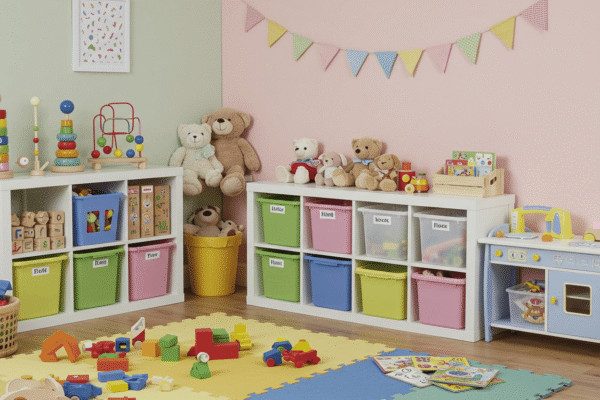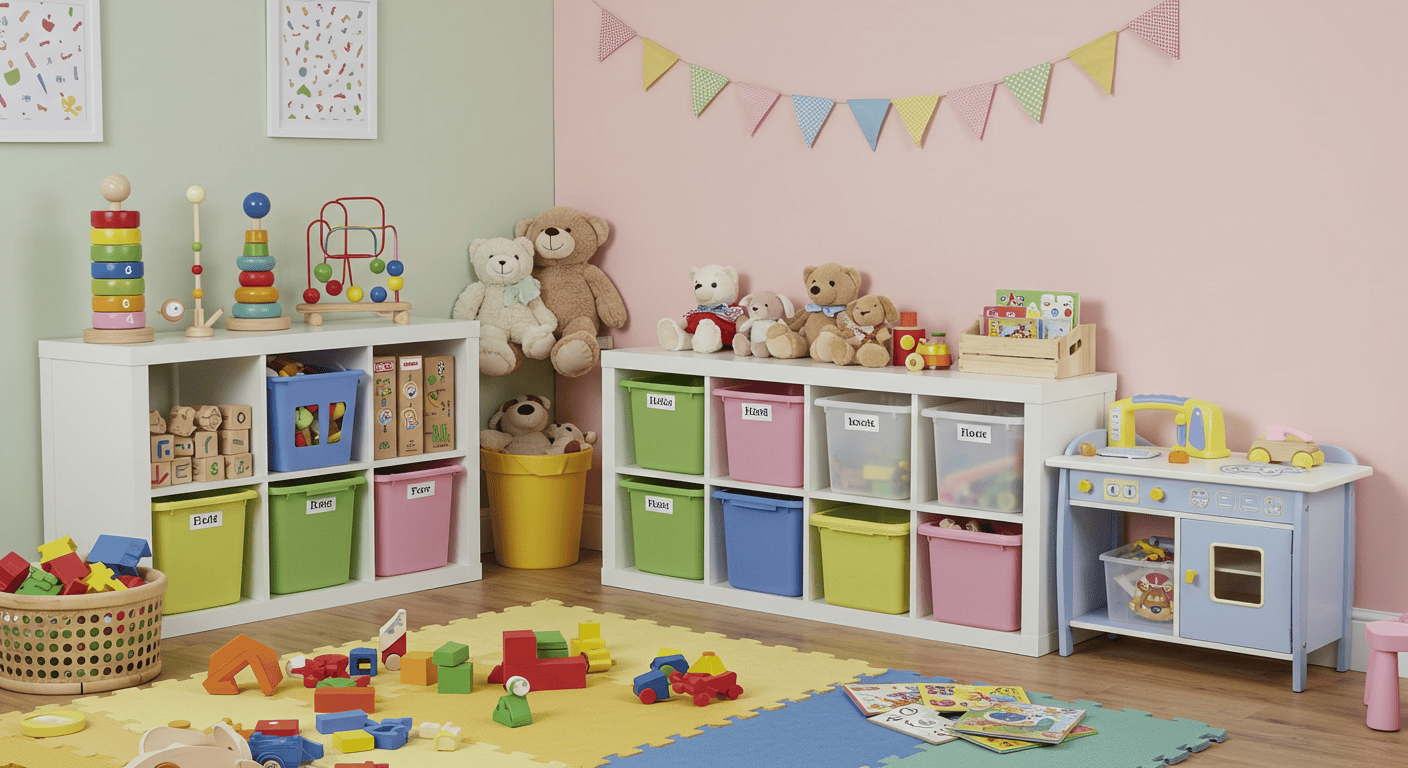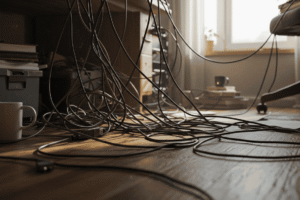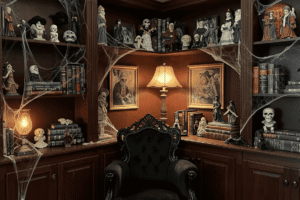How to organize kids toys can feel like a never-ending challenge for busy parents. With toys scattered everywhere, it’s easy to feel overwhelmed and frustrated. But organizing kids’ toys quickly and easily isn’t just possible — it can actually bring calm, save time, and even make playtime more fun for your little ones. In this post, you’ll discover smart, practical tips and creative ideas that help you create a tidy, stress-free space without spending hours on cleanup. Whether you’re dealing with a small playroom or shared spaces, these proven strategies will transform your home and make toy organization a breeze.
Why Toy Organization Matters More Than You Think

Keeping kids’ toys organized is often seen as just a routine chore, but it goes far beyond tidiness. When toys are scattered and cluttered, it creates unnecessary stress for both parents and children. The constant visual chaos can increase frustration, reduce the ability to focus, and even impact the overall mood in your home. On the other hand, a well-organized toy space helps create an environment that supports creativity, independence, and calm. Understanding why toy organization matters can motivate you to adopt effective strategies that make your daily life easier and more enjoyable.
The Mental Load of Clutter on Parents and Kids
Cluttered play areas can weigh heavily on a parent’s mental load. The constant reminder of disorder leads to feelings of overwhelm and exhaustion. For children, clutter can be just as challenging — it can distract them from play, make it harder to find their favorite toys, and even cause frustration or meltdowns. When toys are unorganized, both parents and kids spend more time cleaning up and less time enjoying quality moments together. Recognizing this mental burden is the first step toward creating a calmer, more manageable home environment.
Benefits of an Organized Toy Space (Beyond Cleanliness)
An organized toy area brings a wide range of benefits that go well beyond just looking neat. When toys have a proper place, kids are more likely to engage in focused and creative play. With less clutter, cleanup routines become faster and less stressful, saving precious time for busy parents. Additionally, an orderly space helps reduce toy overwhelm — children feel less distracted by the sheer volume of items and more inclined to enjoy what they have. Ultimately, this leads to a more harmonious home where both kids and adults thrive.
| Factor | Messy Space | Organized Space |
|---|---|---|
| Cleanup Time | 30+ mins | Under 10 mins |
| Kid’s Focus | Easily distracted | Plays longer |
| Parental Stress | High | Low |
Start with the Sort: What to Keep, Toss, or Rotate
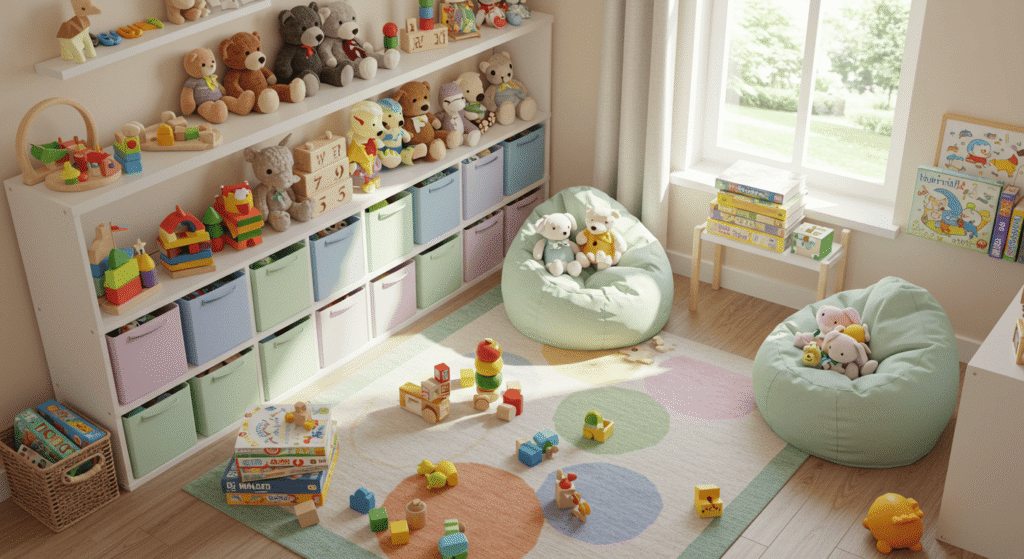
Before diving into organizing, the first essential step is to sort through the toys intentionally. Decluttering not only frees up space but also helps kids appreciate and engage more deeply with the toys they actually use. By deciding what to keep, what to let go of, and what to rotate, you set the foundation for a manageable and enjoyable play area.
Quick Sorting Categories
Sorting toys doesn’t have to be overwhelming. Breaking it down into simple categories makes the process faster and clearer for everyone involved.
Loved Toys
These are the toys your kids play with regularly and genuinely enjoy. Keep these within easy reach so they encourage active play and creativity.
Forgotten or Broken
Toys that have been ignored for months or are damaged beyond repair should be tossed or donated. Holding onto these only adds clutter and confusion.
Outgrown or Unused
Some toys may no longer suit your child’s age or interests. Consider storing these away or passing them on to younger kids or charitable causes.
The Magic of Toy Rotation
Limiting the number of toys available at one time can make a huge difference in how children focus and play. The idea is simple: fewer toys out means less distraction and more meaningful interaction with the ones available.
Toy Rotation Rules:
- Only keep a small selection of toys accessible at once
- Store the rest out of sight and swap them regularly (weekly or monthly)
- Rotate by category or play style to maintain variety
- Involve kids in choosing which toys to bring back out
- Use rotation as an opportunity to clean and inspect toys for wear
This system not only reduces clutter but also refreshes your child’s interest in their toys, making playtime feel new and exciting without constantly buying more.
Zoning the Play Area: Create a Smarter Layout

Organizing a play area isn’t just about storage—it’s also about designing the space to support different types of play. Creating functional zones within the toy area helps kids know where to find their toys and where to put them back. This approach encourages independence, makes cleanup easier, and promotes varied creative activities.
Types of Zones to Consider
Dividing the play space into clear zones based on activity types can help keep things organized and fun:
- Building & Construction
A dedicated space for blocks, building sets, and puzzles where kids can focus on creating and problem-solving. - Arts & Crafts
A zone stocked with coloring books, crayons, paint, and crafting supplies to inspire creativity and self-expression. - Pretend Play
An area with costumes, dolls, and role-play items to encourage imagination and social skills. - Quiet Corner
A cozy spot with books, soft toys, or sensory activities for calm, independent play or rest.
Why Zones Help with Cleanup and Creativity
Zones help children associate certain toys with specific areas, which makes it easier to put things away and maintain order. At the same time, zoning supports different modes of play, fostering both creativity and focus.
| Zone Type | Common Toys and Activities |
|---|---|
| Building & Construction | Blocks, puzzles, LEGO sets |
| Arts & Crafts | Crayons, markers, paper, glue |
| Pretend Play | Costumes, dolls, kitchen sets |
| Quiet Corner | Books, stuffed animals, sensory toys |
This clear organization not only reduces mess but also encourages children to engage more deeply with each type of play, making their playtime richer and more enjoyable.
Toy Storage Solutions That Actually Work

When it comes to organizing kids’ toys, simply grabbing a few bins isn’t enough. The key is choosing storage solutions that fit your space, your child’s habits, and the types of toys you have. Functional storage not only keeps toys tidy but also makes it easy for kids to find and put away their belongings independently.
Open vs. Closed Storage – Pros and Cons
Choosing between open and closed storage affects accessibility, visibility, and tidiness. Here’s a simple comparison to help you decide what works best for your home:
| Storage Type | Pros | Cons |
|---|---|---|
| Open Storage | Easy access for kids | Can look messy if not maintained |
| Encourages kids to put toys away | Toys must be organized frequently | |
| Closed Storage | Keeps toys out of sight for a tidy look | Less accessible, may discourage kids |
| Protects toys from dust and damage | Requires labeling for easy retrieval |
Vertical, Under-Bed, and Wall-Based Options
Maximizing space means thinking beyond traditional shelves and bins. Look for storage spots that often go unused:
- Vertical Storage: Use tall shelving or stacking units to save floor space.
- Under-Bed Storage: Shallow containers on wheels can store toys out of sight but within easy reach.
- Wall-Based Storage: Hooks, hanging nets, or pockets on walls can hold stuffed animals, dress-up clothes, or small toys without cluttering the floor.
Categorizing by Use or Type
Organizing toys isn’t just about where you put them—it’s also about how you group them. Grouping toys by theme, size, or how often they’re played with makes cleanup and play easier:
- By Theme: Separate puzzles, cars, dolls, or art supplies into distinct groups.
- By Size: Keep small pieces together in containers to avoid losing them.
- By Frequency of Use: Place everyday toys within easy reach and store occasional-use toys higher up or further away.
This thoughtful approach to storage creates a system that works for both parents and kids, making daily play and cleanup smoother and more enjoyable.
Labels, Colors, and Visual Cues for Easy Cleanup

Making toy organization intuitive and fun is key to helping kids take part in cleanup. Using labels, colors, and other visual cues transforms tidying up from a chore into an engaging activity. When children can quickly identify where each toy belongs, they’re more likely to put things away independently, building good habits that last.
Use Symbols or Pictures for Pre-Readers
For younger children who can’t read yet, simple symbols or pictures on storage bins are invaluable. Visual cues help them recognize where toys belong without needing to know words. This reduces frustration and empowers toddlers to join in cleanup confidently.
Color Coding by Category or Child
Assigning colors to different toy categories or individual children’s belongings adds another layer of clarity. For example, blue bins for building toys and red bins for art supplies create a clear, easy-to-follow system. Color coding by child also prevents mix-ups and encourages responsibility for their own toys.
Teaching Kids to Follow the System
Introducing your child to the labeling and color system through consistent practice and positive reinforcement helps solidify these habits. Make cleanup fun by turning it into a game or challenge, and praise their efforts. Over time, kids learn to associate certain colors and pictures with specific toys, making cleanup faster and smoother.
| Label | Symbol | Best For |
|---|---|---|
| Blocks | 🧱 | Toddlers |
| Dolls | 🧸 | Preschoolers |
| Art | 🎨 | All ages |
10-Minute Daily Toy Tidy Routine

For busy parents, maintaining a perfectly tidy play area can feel overwhelming. The key to success is consistency, not perfection. A quick, focused 10-minute daily toy tidy routine can keep clutter under control without taking over your day. By building this habit, both you and your kids will enjoy a more organized space with less stress.
The “Before Dinner Reset” Method
One simple way to incorporate daily tidying is to make it part of the routine before dinner. This “Before Dinner Reset” sets a natural deadline for cleanup, giving kids a clear cue to put toys away and prepare the space for the next day. It’s quick, effective, and helps prevent messes from piling up.
Turning Cleanup Into a Game
Making cleanup fun motivates kids to participate enthusiastically. Here are some creative ideas:
- Use timers to challenge your child to beat the clock and tidy up before time runs out.
- Sing cleanup songs together to add energy and enjoyment to the process.
- Organize “Toy Rescue Mission” challenges, where kids “rescue” toys scattered around the room and return them to their homes (storage bins or shelves).
These playful approaches make tidying less of a chore and more of a bonding activity.
Minimalist Mindset: Less Toys, More Joy
Adopting a minimalist mindset around toys is more than just a passing trend — it’s a sanity-saving approach that brings lasting benefits to both parents and children. When your home has fewer toys, each one gets more attention, and your family experiences less stress from clutter. This shift encourages deeper play, stronger focus, and more meaningful connections.
Why Fewer Toys = Deeper Play
Having fewer toys available at once helps children engage more fully with what they have. Instead of quickly jumping from one item to the next, kids can explore their favorite toys in creative ways and develop problem-solving skills. Limiting options also reduces decision fatigue, making playtime calmer and more enjoyable for everyone.
How to Talk to Kids About Letting Go of Toys
Helping kids understand why it’s important to let go of some toys can be delicate, but with the right approach, it becomes a positive experience. Use language that emphasizes kindness and sharing, like:
“We’re donating this to another kid who needs it and will love it just like you did.”
“Let’s pick some toys to give away so we can make room for new adventures.”
Encourage children to be part of the process, giving them a sense of control and pride in helping others.
Seasonal and Birthday Decluttering Strategies
Use natural occasions, such as changing seasons or birthdays, as perfect moments for decluttering. Before adding new toys, involve your child in choosing which items to donate or store away. This not only prevents overwhelm but also teaches valuable lessons about gratitude and generosity. Keeping this routine helps maintain balance and joy throughout the year.
Make It Fun: Creative Storage Hacks Kids Love
Organizing toys doesn’t have to be boring or feel like a chore. By injecting a little creativity and fun into storage solutions, you can transform cleanup time into an enjoyable part of your child’s day. Functional storage that kids love encourages them to take ownership and helps maintain order naturally.
Turn Storage Into Decor (Without Buying Anything New)
You don’t need to spend money on fancy organizers to create appealing storage. Repurpose what you already have by using fabric scraps, baskets, and boxes in imaginative ways. For example, old baskets can hold stuffed animals, while colorful boxes keep small toys contained.
DIY projects like toy hammocks made from fabric or hanging organizers from recycled materials add whimsy and charm while keeping toys off the floor and within easy reach.
Themed Cleanup Days or Treasure Hunts
Make cleanup exciting with themed games that motivate kids to participate eagerly. Turn tidying into a treasure hunt by asking them to:
- “Find all the red toys!”
- “Put all the animals back in the zoo!”
These playful challenges transform organization into a fun activity, making it easier for kids to develop good habits without feeling like it’s a task.
How to Organize Kids Toys: Final Thoughts for a Happier, Tidier Home
Learning how to organize kids toys quickly and easily is a game-changer for busy parents. With intentional sorting, smart zoning, and creative storage solutions, you can transform chaotic play areas into calm, inspiring spaces. Remember, consistency and involving your kids in the process make all the difference. By adopting these practical tips, you’ll not only reduce clutter but also create a home where both parents and children can enjoy more joy, focus, and peace every day.

